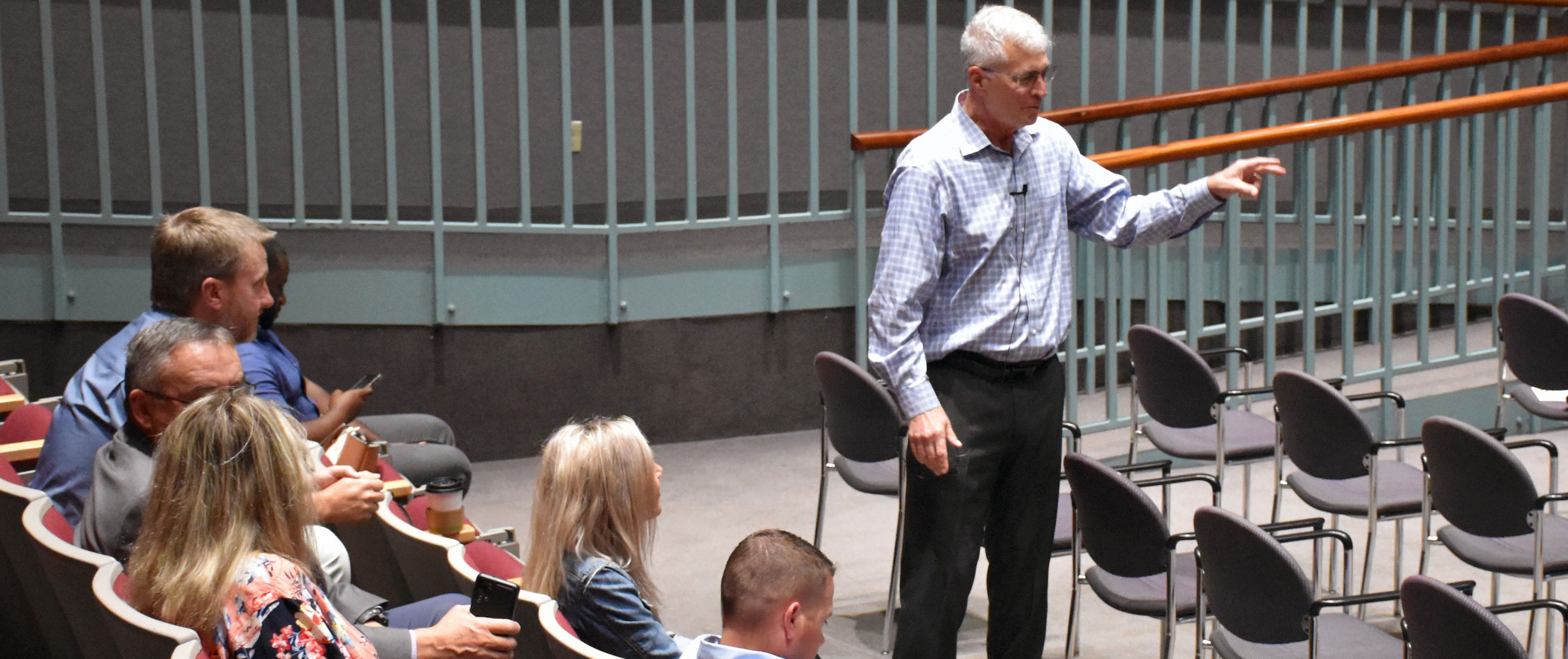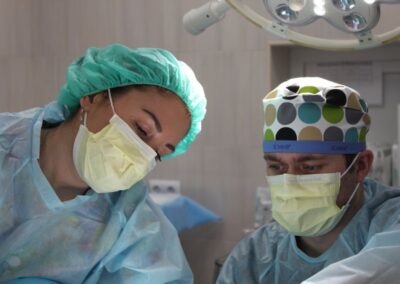It has long been known that incentives drive behavior. One of the biggest game changers in health care today is the sharp increase in consumer health care deductibles. This has been largely driven by health care costs increasing at a rate higher than can be compensated for by employers. In order to minimize the increase in monthly premiums, they now cost-shift to the consumer in the form of higher copayments or higher deductibles. On top of that, in order to minimize the monthly premiums for those purchasing health care insurance through the exchanges, consumers are overwhelmingly favoring the high-deductible plans by almost 80%. Individual deductibles have increased over 400% in the past 5 years. A recent study has shown that in many communities the average family deductible is now in the range of $3,500. It is not uncommon to see family deductibles in excess of $10,000. Many families simply do not have that amount of cash on hand, so many are faced with the double-whammy of not being able to utilize the expensive health care that they have already purchased.
Clearly the financial incentives are substantial and will probably get worse. We are seeing a very interesting consumer response to the high deductible. It presents in two stages, each exhibiting completely opposite behaviors:
Stage I- Prior to reaching the deductible- There is a natural tendency for consumers to avoid medical attention unless absolutely necessary because the individual consumer is now directly paying for services that were previously either paid by a third party insurer or covered through a flat-fee copayment. Elective surgeries are avoided or at least postponed. Consumers are more and more demanding price information from physicians and hospitals. They are increasingly questioning the need for specialty visits and diagnostic tests– or simply just not following up with care. A recent study suggested that the bending of the health care cost curve that we may be seeing could be more a function of the consumer avoiding services than actual efforts made by the health care professionals to provide more cost-effective services. There is a fear that basic preventive services may not be done by the individual due to the upfront cost, and this could have a deleterious effect down the road on long term care.
Stage II- Once the deductible has been reached- Now the opposite behavior occurs. The consumer now has the incentive to get as many medical services done as possible before the end of that calendar year. The consumer is not concerned about the costs of these procedures because the deductible has been met and there are no further out of pocket expenses. The health care consumer is transformed from an avoider to a super-utilizer who demands as many services as possible within a very short time period.
This behavior is not new. It is really no more than human nature 101. Physicians have often noted that patients are more likely to have elective procedures done at the end of the year once their deductible has been met. However, the higher deductibles that we are seeing now are causing an exaggeration of this effect:
With the higher deductible, the period of avoiding services is prolonged. Once the deductible has been met, there is an almost frenzied incentive to get as much done as possible before the next year’s deductible applies.
We have all heard the phrase, “Hurry up and Wait”, referring to the situation in which one is forced to hurry in order to complete a certain task by a specified time, only for nothing to happen at that time, because other required tasks are still awaiting completion. It was originally attributed to the U.S. military culture sometime in the 1940’s.
In this present environment of high-deductible insurance we now seeing the opposite phenomenon: “Wait and then Hurry up!”. The problem is that this philosophy, though quite understandable as a consequence of the negative incentive produced by the high-deductible, can be quite deleterious to the health of the patient. It creates a perverse incentive to try to “bundle” health care at random times. It goes against the grain of proactive medicine.
But this is the reality for the consumer. As the deductibles show no sign of decreasing or even tapering the increases, this behavior will only become more commonplace.
Now more than ever, we need to educate the patient about the right things to do to optimize health. But since incentives drive behavior, we need to develop a system where the patient truly has the financial incentive to achieve better health, not simply defer treatment or subsequently overuse treatment.
“Wait and then Hurry up!” is not the way we want to practice medicine. It is not an incentive we want to see continue.




